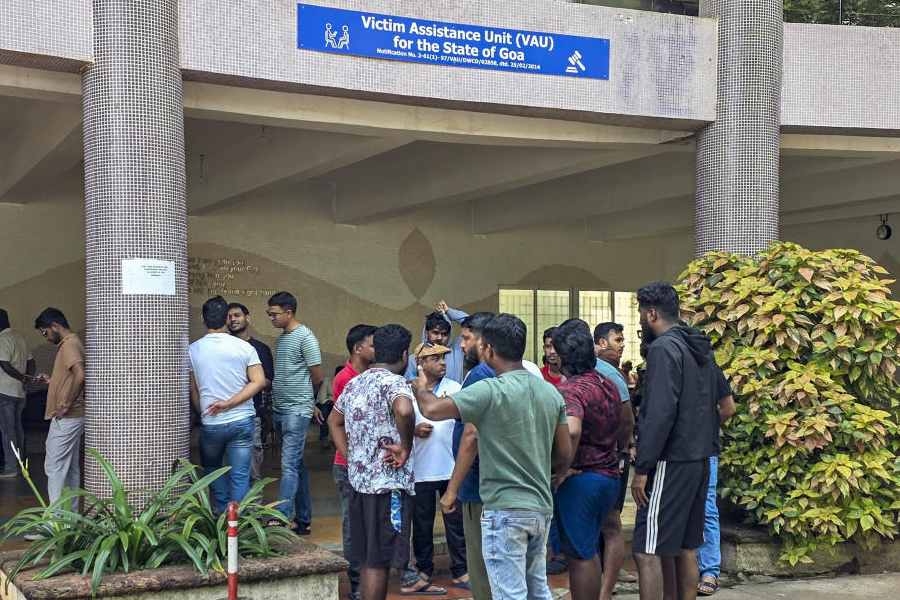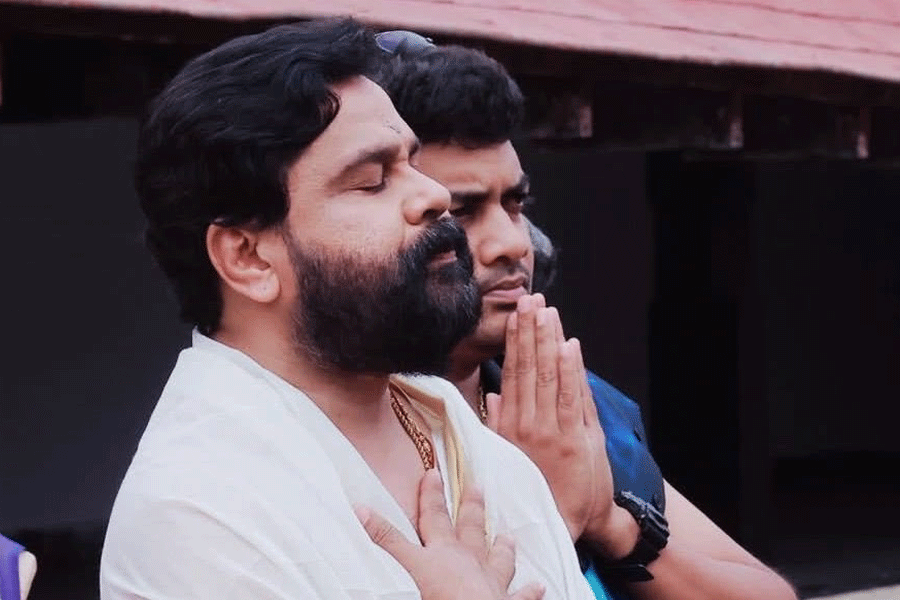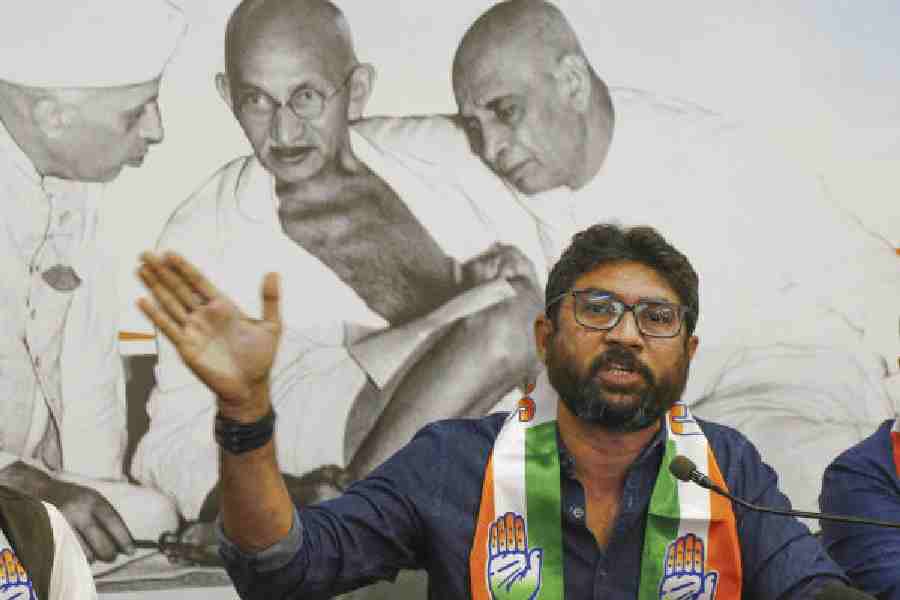Chennai, June 11: A village teacher digging his garden has chanced upon late stone age tools that may buttress theories linking the Dravidian and Indus valley civilisations.
V. Shanmughanathan of Sembiyan Kandiyur village, near Mayiladuthurai in Nagapattinam, stumbled upon two “polished neolithic hand-axes” ? multi-purpose tools typical of the late stone age. One of them is engraved with symbols that resemble those on Harrappan seals.
With many scholars holding that the Indus valley civilisation was “pre-Aryan” and probably “proto-Dravidian”, the finds could have an impact on future readings of Indian history, say archaeologists.
The tools also suggest an “overlap” between the Indus valley civilisation and the neolithic age.
Shanmughanathan reported the finds to his friend G. Muthusamy, curator of the Tranquebar museum in Nagapattinam, who handed them over to the state archaeology department.
“One of the hand-axes contains four symbols closely resembling the (pictorial) Mohenjodaro-Harrappan script,” said T.S. Sridhar, special commissioner in the state archaeology department.
Their polished surfaces suggest the tools date from the neolithic period (5000-1000 BC), for the earlier palaeolithic tools have rougher surfaces, Sridhar said.
The 3000-1500 BC Indus valley civilisation flourished in the subcontinent’s northwest, and most of its archaeological sites are in Pakistan.
Coming after the discovery of Harrappan pottery remains in southern India, the new finds would spur historians and archaeologists to investigate how the Indus valley civilisation’s influence extended beyond the Godavari, Sridhar said.
The discovery could also lead to knowledge about the Indus civilisation itself.
“This is the first time we have encountered Harrappan inscriptions on a neolithic tool. This firmly establishes an overlap between the Indus valley civilisation and the neolithic period,” Sridhar said. “Such symbols had been seen earlier only in rock paintings and megalithic pottery (which came later than neolithic tools of this sort).”
The find could help date the Indus script, which has so far defied a definitive decipherment, the commissioner added.
One of the symbols represents a human body with a prominent row of ribs, another resembles a “jar symbol”, a third looks like a trident and the fourth is a “vertical crescent”.
“While the first two symbols have been etched by a series of dots, the other two have been made by line-engraving.”
The symbols seem to have been “written” from left to right, Sridhar said. The markings are deeper on the left and the size decreases gradually from left to right.
The granite tools have been sent for geological testing. After the tests are completed, the state archaeology department plans a thorough exploration of areas around Mayiladuthurai. It will also hold a seminar to discuss the finds with international scholars.
For now, Sridhar is busy explaining the discovery, with pictures and a wax model, to curious visitors who keep dropping in at his office.










